The complete sales failure of the iPhone 14 Plus is apparently a big shock for many Apple fans. After all, at this time last year and in the months since, we've been constantly reading from leading analysts how the larger entry-level iPhone will become a huge hit that even has the potential to be more popular than the Pro line. However, just a few weeks after the start of sales, it turned out that the complete opposite is true and that the iPhone 14 Plus is following in the same footsteps as the mini series in the previous two years. Let's leave aside that this is largely due to its high price or minimal innovation. What is much more interesting is the fact that this year, despite last year's failure, Apple will again come with the basic iPhone in a Plus version, which many Apple fans, judging by the various discussion forums, absolutely do not understand. However, Apple's view is quite understandable given its past.
It could be interest you
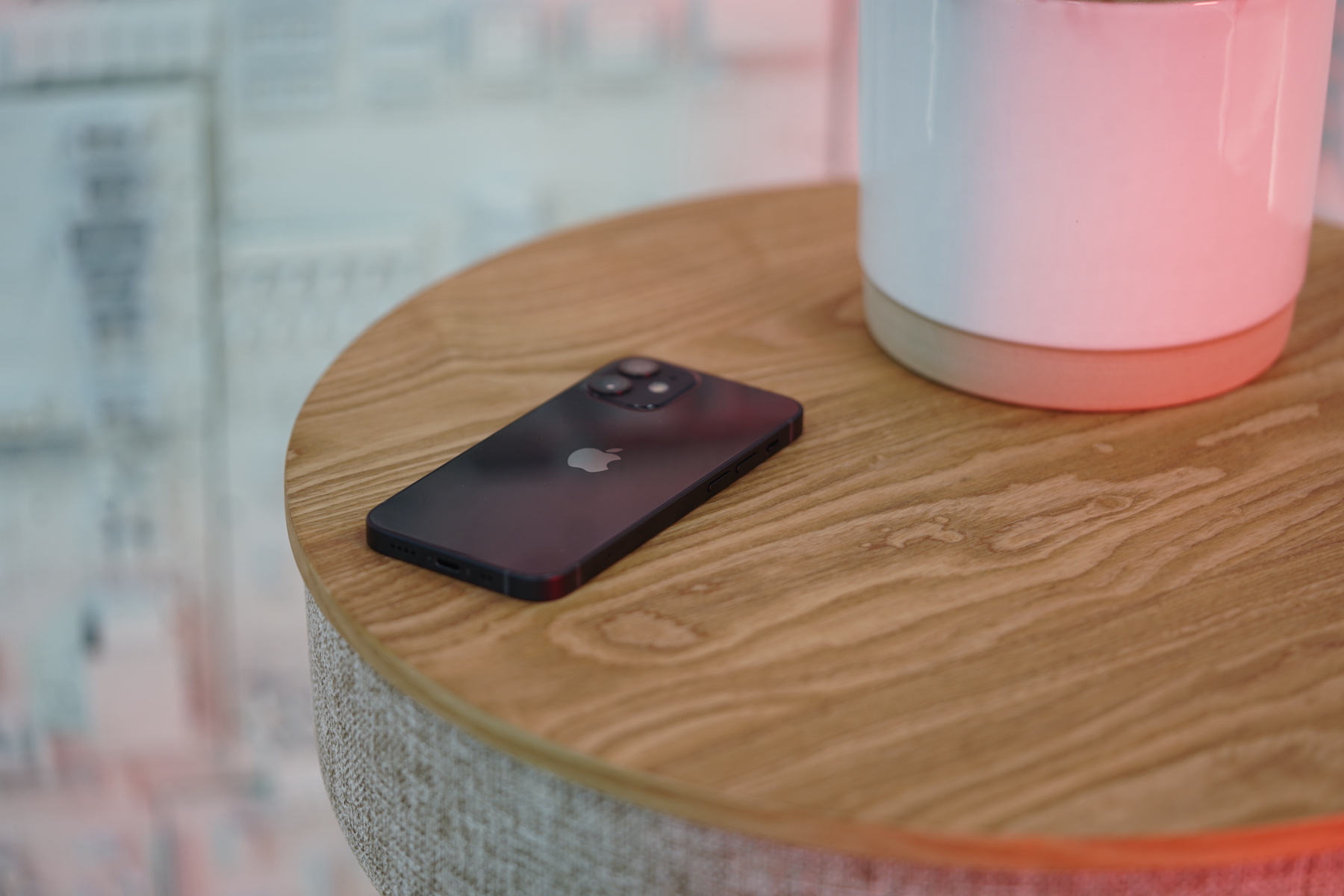
Now let's think about the fact that the iPhone 16 Plus was planned before last year's release of the iPhone 15 Plus, and it is therefore very difficult, if not economically impossible, to change this long-planned decision now, as it may or may not be the case. However, if we look at Apple's work with the portfolio, we can notice various repetitions of similar situations in it, which probably lead it precisely to not break the stick over the given product after the initial failure. Yes, the lack of interest in the mini series of iPhones in previous years is indisputable, and this model line was cut short, but if we decide to go further into the past, we come across an example when Apple's wait paid off perfectly. We are specifically referring to the iPhone XR, which was introduced in 2018 alongside the iPhone XS and XS Max.
Even the XR series was prophesied to have a bright future at the time, as Apple fans were going to reach for them in large numbers due to their design, price and minimal downsizing. The reality, however, was that the XR was absolutely unimpressive in the first months and was barely clawing its way into the limelight. Later, it started to do well in sales, but compared to the premium models, it was a bargain. However, year after year, Apple introduced the iPhone 11 as the successor to the iPhone XR, and the world was literally excited about it. Why? Because it largely learned from the mistakes of the iPhone XR and managed to find a better balance between the Pro series and the base model both in terms of price and technical specifications. And this may be the key to Apple's success with the iPhone 16 Plus, and at the same time, the reason why it doesn't want to just kill the Plus model.
It could be interest you
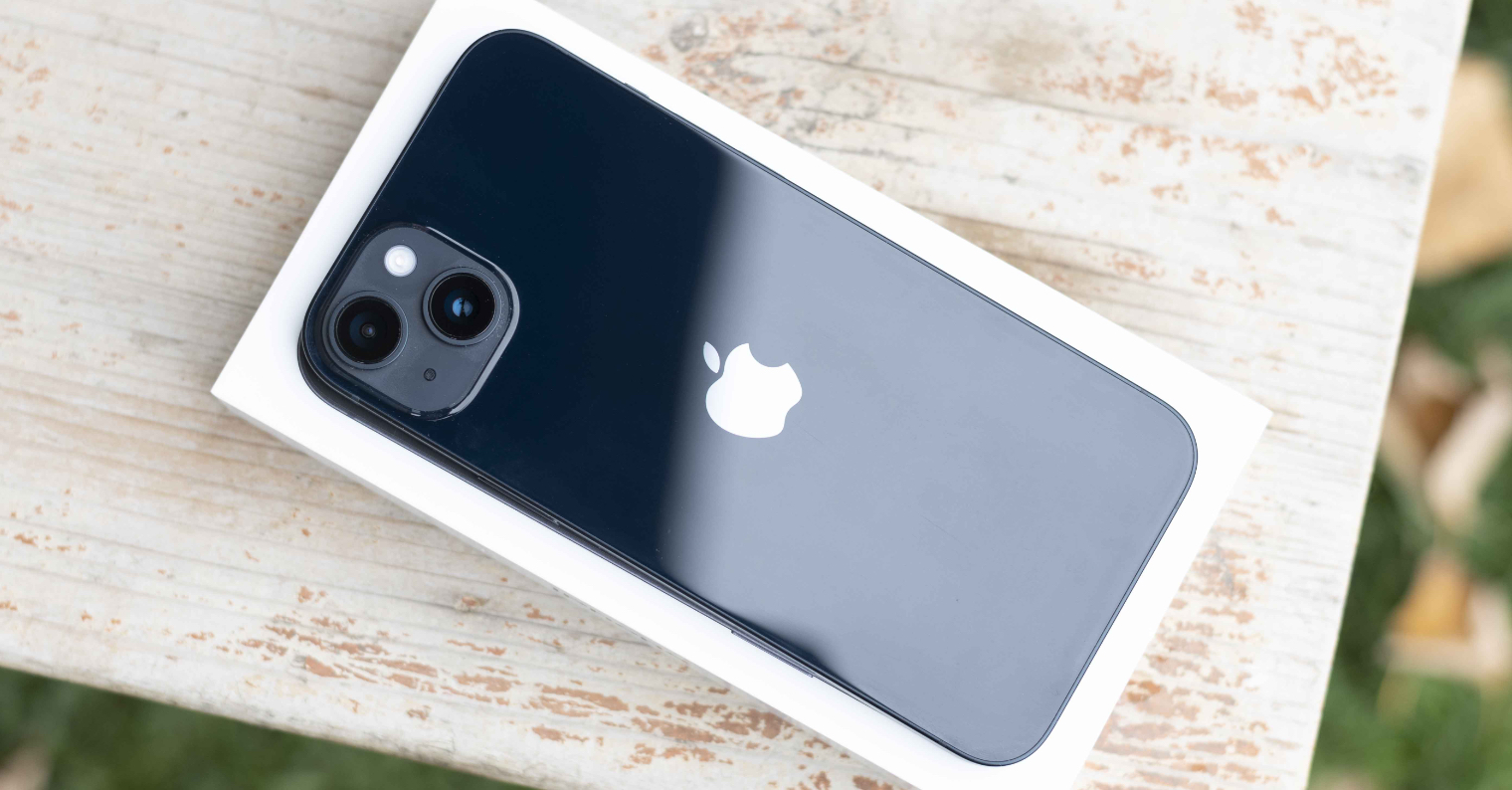
It can be said that it was the iPhone 11 that, to a certain extent, started a great interest in the basic iPhone among Apple users. Although it still cannot be compared to the interest in the Pro series, it is certainly not negligible. It is therefore absolutely clear that the Californian giant would like to set up its portfolio in such a way that it makes sales sense with all the models offered, which it can easily do with some optimization of the iPhone 16 Plus. However, it will not only be about technical specifications. The 15 Plus model was trampled by its price, and it will therefore be crucial for Apple to sacrifice its margin for the success of the 16 Plus series. Paradoxically, this is the only way it can return to him many times over in the future. Whether this will happen or not will be revealed only this September, but history shows that Apple has, knows and knows how to use the recipe for success.

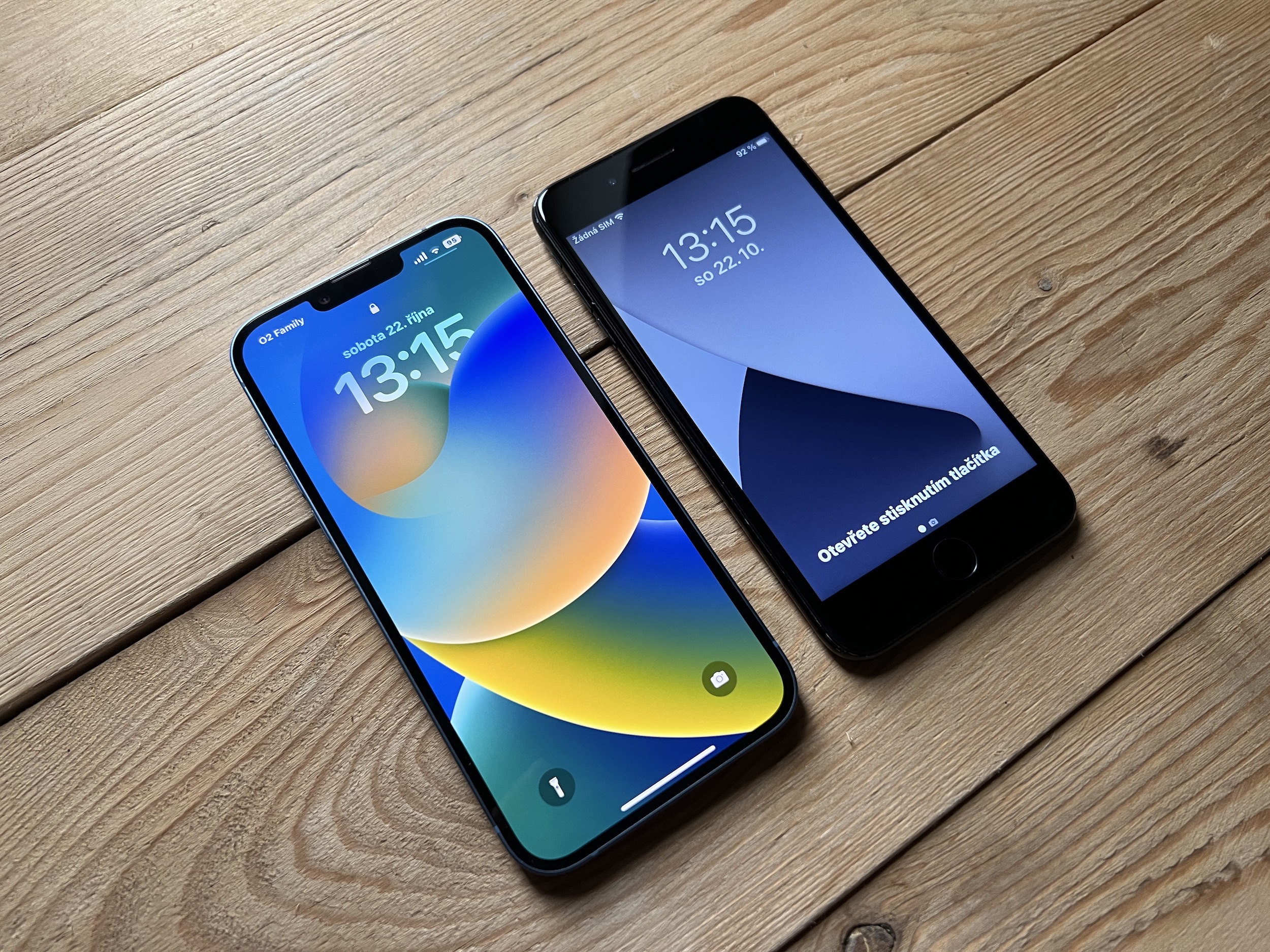

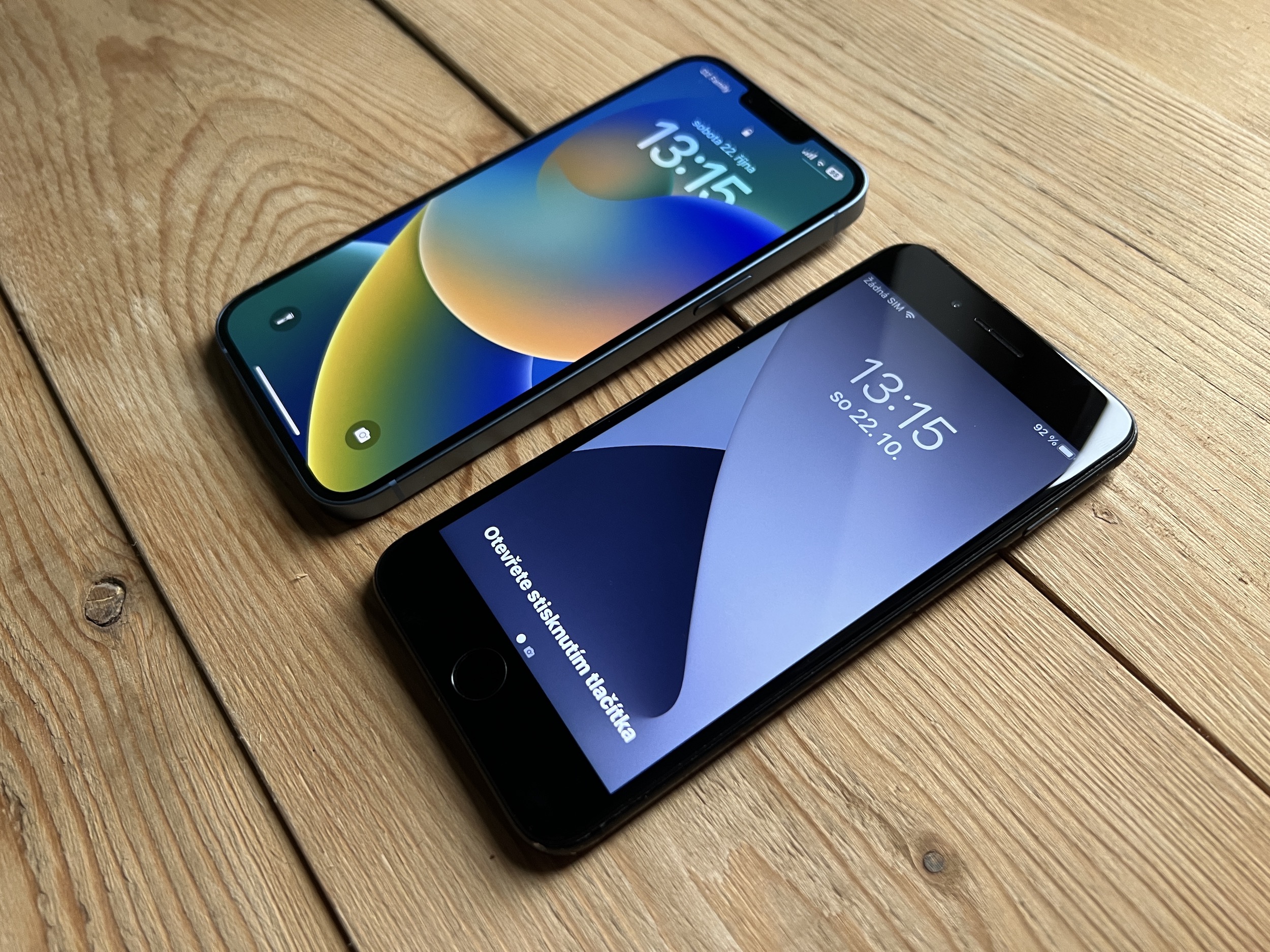

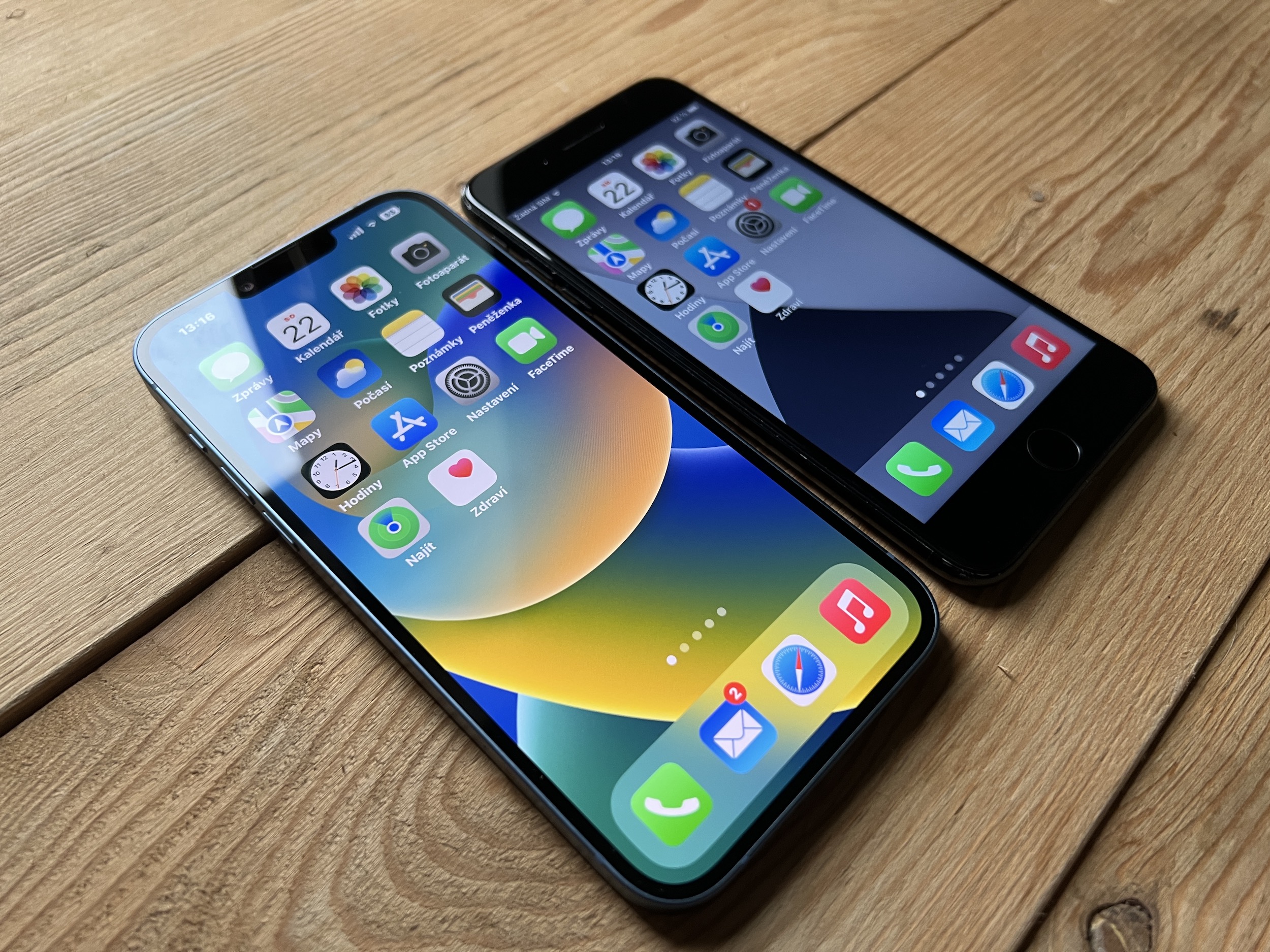
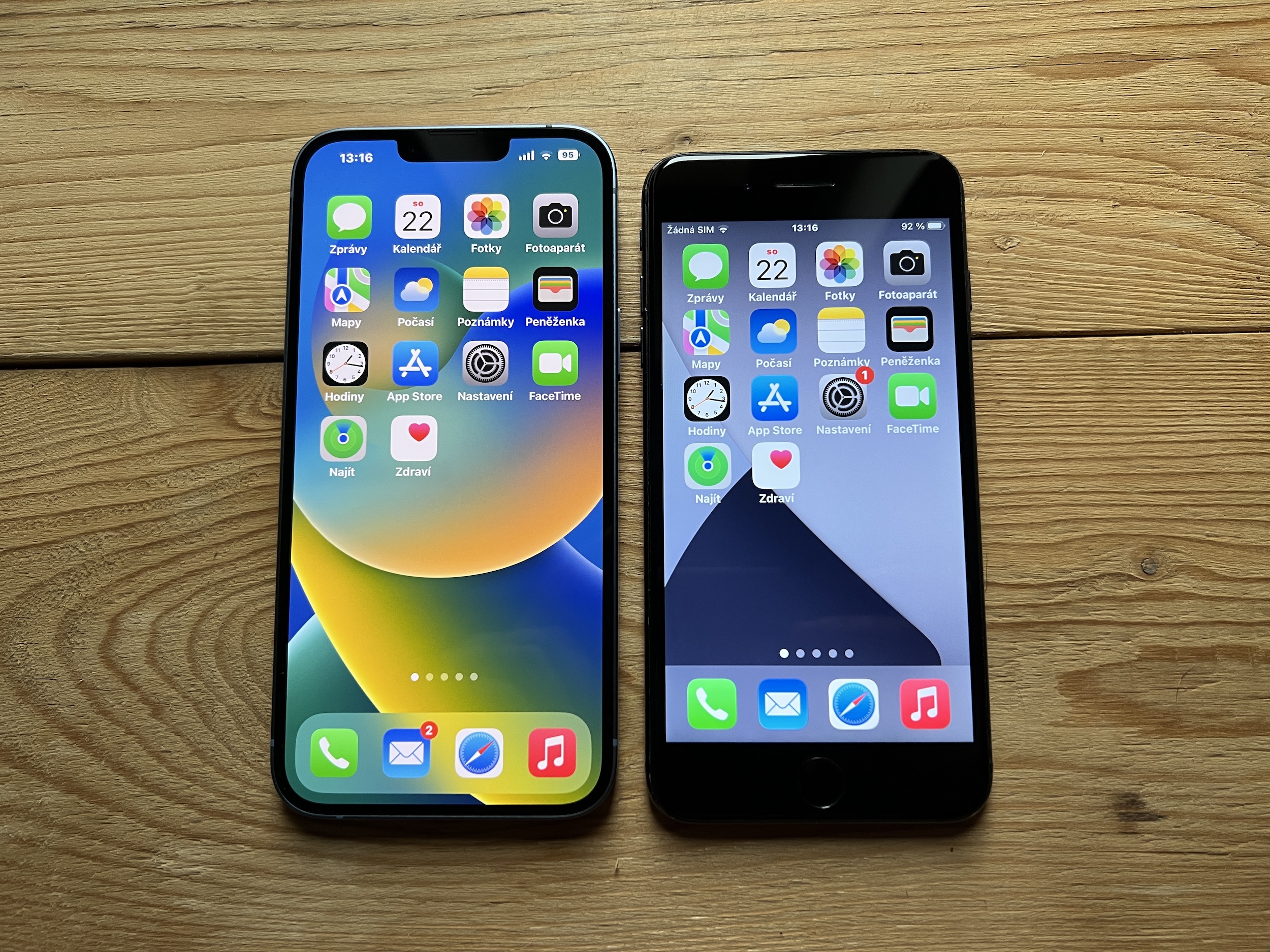

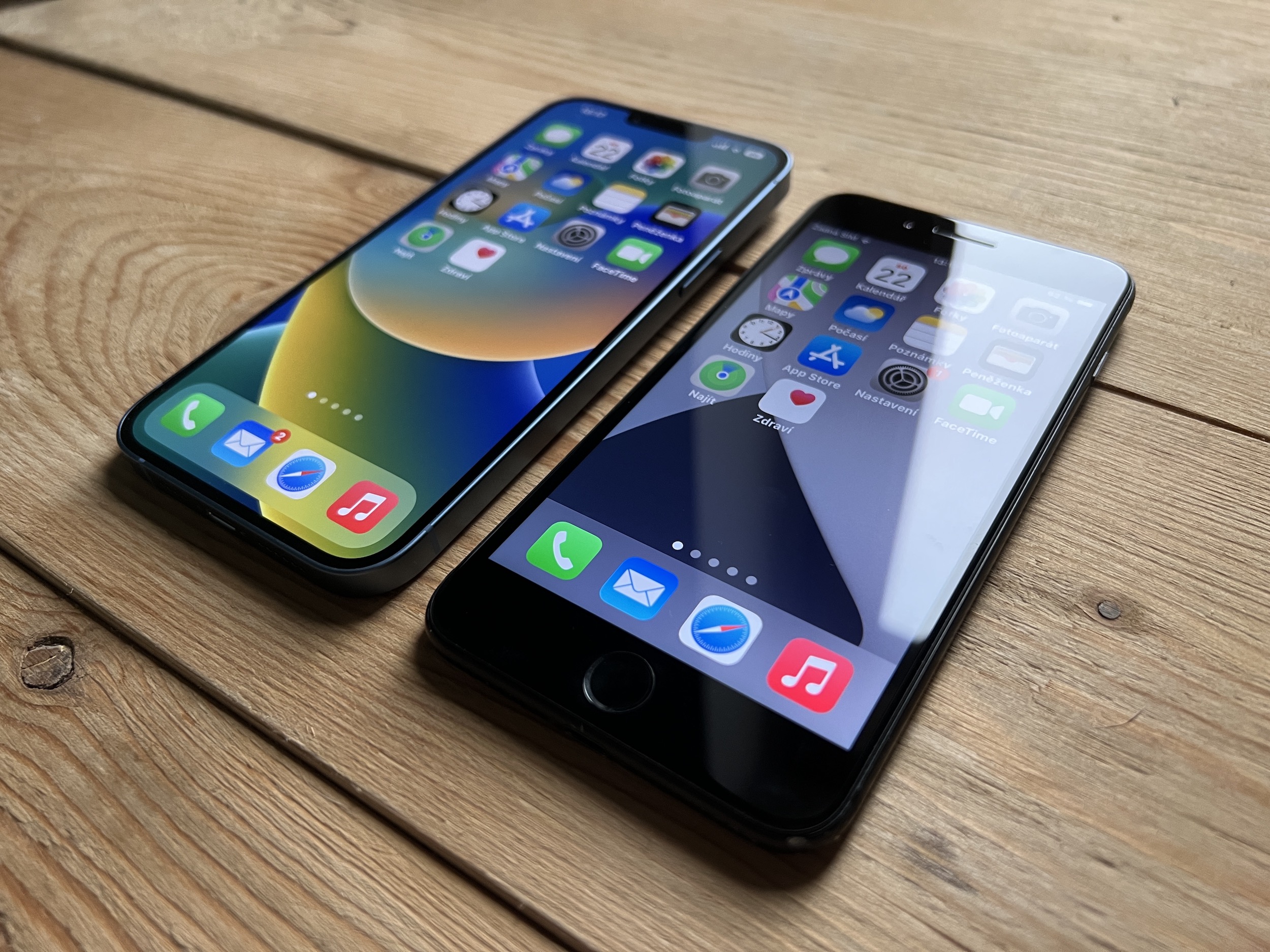
 Flying around the world with Apple
Flying around the world with Apple